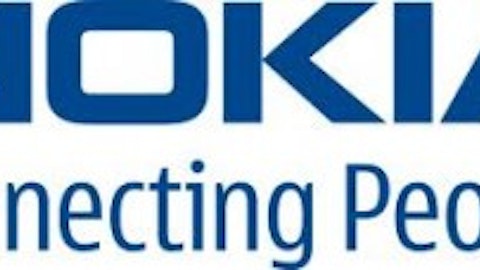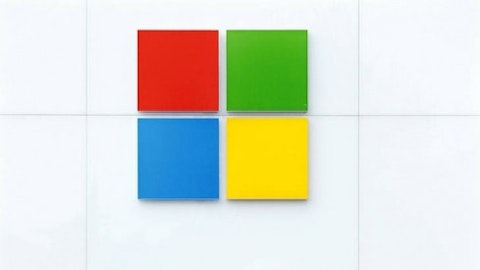2). Huge Intangibles and Goodwill – When your intangibles and goodwill increase by over $9 billion in a year, you get scared because you wonder whether these numbers are bloated or not. Remember how Seagate had to write off over $2.3 billion as impairment charge over acquisition of Maxtor in 2009. And who can forget how the $5.1 billion impairment charge by Macy’s in 2008? When I see too high a goodwill increase, the very first thing that comes to my mind is whether the company can justify for it. You pay a premium only when you know you can justify for the over-valuation with increased free cash flow and increased operating margins in the future.
3). Retained Earnings – When retained earnings surges to $48.3 billion in 2012 from $37.6 billion in 2011 (up by over $10 billion), one is curious about what the company is doing with the money. With no dividend payout and loads of cash sitting in the coffer of the company, does it not sound like the food being wasted in the fridge rather than being eaten early? We go back to the same proposition – unless Google shows us any “new” signs of business improvement, stowing away money for future use does not really matter. Remember, we need to factor in the time value of money as well.
4). Motorola Mobility Profit – Total revenue from the Motorola Mobility segment was reportedly $4.14 billion, with total costs/expenses recorded at $3.5 billion in 2012. That is a gross margin of over 18%, not bad indeed! But gross income from the segment resulted to only $640 million. Doing the math, we would need 19.5 years to gain the return of total investment of $12.5 billion. That’s too long a time to even think about. If Google wants to show Motorola Mobility as a viable investment, Google should focus more on improving the ‘synergy’ of operations. Yes, the unauditedYoY consolidated revenue growth of 32% (including revenue from Motorola Mobility) does satisfy me since the investment was done only halfway through 2012. But what about total YoY Google revenues last year, apart from that from Motorola Mobility? That stands at 21%, compared to the 2010-11 revenue growth and 2009-2010 revenue growth stand at 29% and 24% respectively. Not very inspiring, right? Needless to say, Google is under strong pressure to perform and show the reason behind its investment in Motorola Mobility and how it is integrable with Google’s future business strategy.
5). Purchase of PPE – When you are spending over $3 billion every year on plant, property and equipment, it should show in strategic growth in revenue and thus, net income margin of the company. When net income from continuing operations increased by 22% YoY in 2012, what concerns me is that it is steadily decreasing compared to 26% in 2011 and 29% in 2010. Is Google slowing down? If so, the only thing that will happen is that the PE multiple of 24 will fall down to industry average of 20. And that means subsequent fall in Google’s share price.





